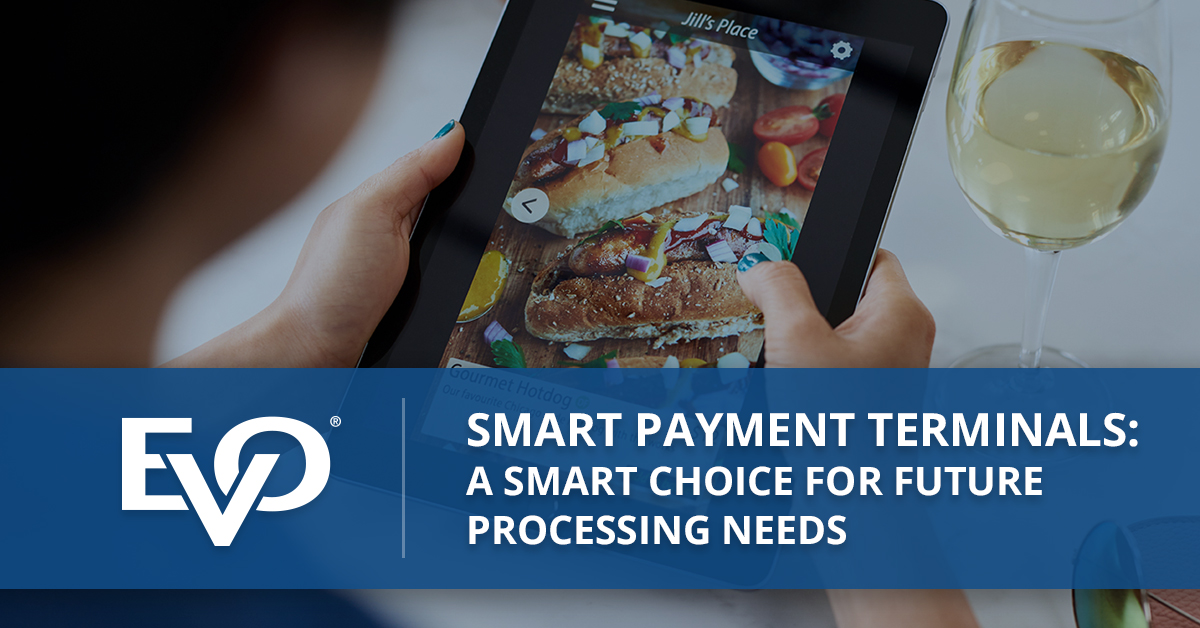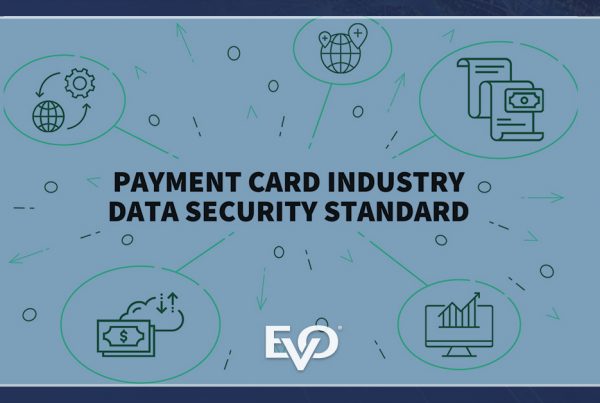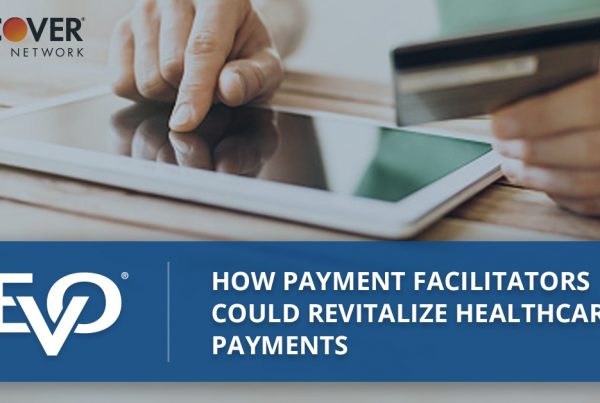
Remember the Motorola RAZR and the Blackberry Pearl? These phones dominated sales in the U.S. in 2006. Back then, many of us would have said their cell phone is primarily a utilitarian device used for phone calls, text messages, and even an occasional email. Then in 2007, Apple released the iPhone to the world and began a rapid shift in what we all as consumers expect from technology.
The iPhone offered something consumers wanted, they just didn’t know it at the time. Consumers wanted a device that focused on the user interface with a limitless supply of customizations and applications for doing more with a single device. At $500, the iPhone was a luxury, but the price did not affect the sales growth the iPhone would see and continues to see today. The point of sale and payments industry is going through a similar shift when it comes to smart terminals.
Smartening Up
As consumer tastes and expectations evolve, the expectations of merchants and business owners are often close to follow. The devices that once had the specific task of processing payments and printing a receipt are no longer going to meet the demands of the market. It would be a difficult to find a traditional credit card terminal that was even capable of performing basic calculator functions. The manufacturers of traditional credit card terminals have taken notice of the shift, and all the usual suppliers as well as some new start-ups are in the process of launching lines of smart payment terminals.
What is a Smart Payment Terminal?
The smart payment terminals that will enter the market in 2020 will combine a 5- to 6-inch tablet screen, a built-in receipt printer, and a credit card chip and mag-stripe reader. The smart payment terminal often includes a battery for portable use, Wi-Fi and/or 4G LTE communication options, along with an integrated camera. This combination of hardware is generally always running an Android operating system. Because these devices are processing card data, PIN entry, and other payment data, the Android operating systems have to be restricted – no going out to the Play Store or the WWW and downloading anonymous software.
Going Well Beyond Card Payments
Even though the operating systems are restricted, the Android tablet format and OS is familiar to a variety of software developers, they can often easily repackage applications for use on a smart payment terminal. Typically, a software developer only needs to have the payment processor or manufacturer certify and sign their applications so they can run on the smart payment terminal.
This brings capabilities to a smart payment terminal to perform tasks far beyond what a traditional credit card terminal can do. Software developers can integrate to existing POS systems and offer a more customer focused payment experience, like a restaurant performing payment at the table, and other management fsoftware for functions like customer appointment calendars, time clock and staff scheduling, online orders and delivery, inventory tracking, customer satisfaction surveys, and applications to offer extended service contracts or warranties.





